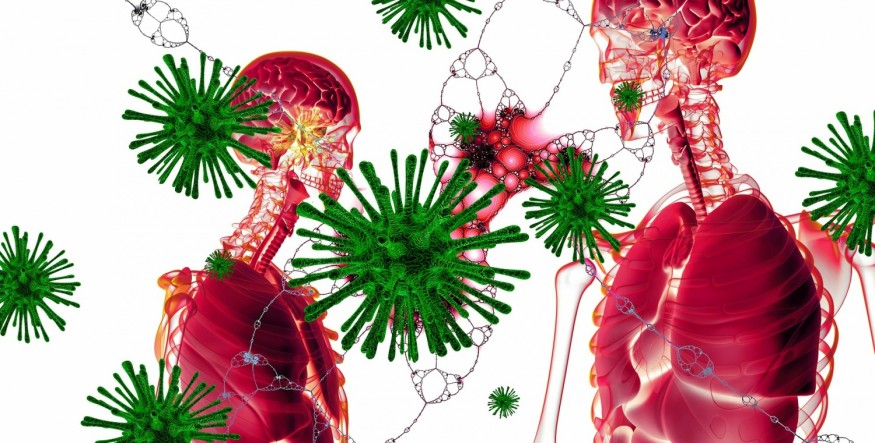
COVID-19 has a mutation similar to HIV that means, its capability to bind with human cells can be, according to a new study by a group of scientists in Europe and China, up to "1000 times as strong as the other known virus, severe acute respiratory syndrome (SARS).
Relatively, the finding can also help explain not just how the virus has spread but where it came from and how to best battle it, as well. Scientists have also shown that SARS entered the body of a human by binding with a receptor protein also known as "ACE2 on a cell membrane."
Moreover, some studies conducted earlier suggested that COVID-19 pandemic which shares roughly 80 percent of SARS's genetic structure is likely to follow the same path. Nevertheless, ACE2 protein is not existent in large quantities, particularly in healthy people, and this partially contributed to restricting the scale of SARS outbreak from the year 2002-2003, which affected around 8,000 people globally. Incidentally, other extremely contagious viruses like Ebola and HIV, target furin, a kind of enzyme working as an activator of protein in the human body.
Essentially, many proteins are dormant or inactive when they are produced and should be cut at particular points for the activation of their various functions.
ALSO READ: Claims Ibuprofen Worsen COVID-19 are Baseless, According to EU
The New Finding
Nankai University Professor Ruan Jishou and his team, while "looking at the genome sequence of COVID-19" discovered a mutated genes section that was not existent in SARS but was the same as those found in Ebola and HIV. This research finding suggests that COVID-19 pandemic may be considerably different from the SARS coronavirus in terms of infection pathway.
This was stated by scientists said in a paper that came out this month on a platform by the Chinese Academy of Sciences, Chinarxiv.org, to come out with scientific research papers prior to their being peer-reviewed.
The virus, the scientists said, "may use the packing mechanisms" of the other infections like HIV, for one. Also, according to research, the mutation can produce an assembly also known as a cleavage site in COVID-19 pandemic's spike protein. The virus employs what the researchers describe as "the outreaching spike protein" to hang on to the host cell although, typically, the said protein is inactive.
In addition, the cleavage site assembly's function is to trick the "human furin protein" for the spike protein to be cut and activated, not to mention, lead the "direct fusion" of the viral, as well as the cellular membranes.
Compared to SARS
According to the science experts, compared to the manner of entry of SARS, the said bonding method is from "100 to 1,000 times as effective." Just a couple of weeks after release, the research paper is reported as the most viewed paper on Chinarxiv. Furthermore, in sequel research, a team of the researcher which Professor Li Hua from Huazhong University of Science and Technology in Wuhan confirmed the findings of Ruan.
Specifically, the mutation, as confirmed in the follow-up research, could not be found either in Mers, Bat-CoVRaTG13, or SARS. Bat-CoVRaTG13 is a bat coronavirus considered as the original and main source of COVID-19 with nearing a hundred percent similarity in terms of genes.
Li explained this could be the reason for SARS-CoV-2 as being more infectious compared to the other coronaviruses. In the meantime, a study which Etienne Declroly, a French scientist at the Aix-Marseille University conducted, and was published in February in Antiviral Research scientific journal, presented that a cleavage site similar to "furin" was absent in similar coronaviruses.
More so, another researcher in Beijing said, studies were all derived from genetic sequencing adding, whether the infection behaves as forecasted will need other proofs including experiments, the answer will determine how the particular virus makes humans ill.












